Wouldn’t it be great if we lived in a world where you could get paid for every cost you incurred on a construction project? A cost-plus contract, also known as a cost-reimbursement contract, is a form of contract wherein the contractor is paid for all of their construction-related expenses. Plus, the contractor is paid a specific agreed-upon amount for profit. That’s the “plus”! However, as with everything in construction payment, cost-plus contracts aren’t quite as simple as they seem. Read on as we discuss the pros and cons of cost-plus / cost-reimbursement contracts.
What Goes into a Cost-Plus / Cost-Reimbursement Contract?
How does it work? Well, this type of contract is pulled out of your tool bag when you want to reduce risks and have your expenses covered on a job. But you don’t get reimbursed for any and every expense. You’ll need to justify and show evidence that supports that the expense is related to the job you’re working on.
On cost-plus jobs, there are three types of “costs” that come into play:
- Direct Costs. These costs are the actual costs that go into the specific job at hand. In other industries, these costs could be called the cost of goods sold (COGS is calculated a bit differently in construction). This would include things like the direct labor, materials (the materials incorporated into the work), equipment (purchased or leased specifically for the project at hand), and even consultants, if needed.
- Indirect Costs. You’ll probably recognize these expenses using the more familiar term, “overhead costs.” These are all of your business-related costs required in order to successfully execute a job. This covers things like renting office space, job insurance, mileage to and from a job site, and communication expenses. There may be pushback when these costs are included, but generally speaking, some amount of overhead could be included in a Cost-Reimbursement Contract.
- Profit. What’s your fee or markup for doing the work? Generally, this is an agreed-upon amount based on a percentage of direct costs for a particular job.
-
Pros & Cons to Cost Plus Contracts
Cost-Plus Contract Benefits
Cost-plus contracts can be really budget-friendly for a contractor. Decisions like whether or not to use the best materials become easier when the cost won’t come out of the contractor’s paycheck.
Plus, if putting together an estimate for a job proves to be challenging, a cost-plus contract can help. Because costs are reimbursed as the job comes along, a contractor need not worry about an inaccurate or flawed estimate ruining their margin on a job – it’s already built-in!
Another plus to this sort of contract is that it can be used to put a limit or cap on the amount of money that a contractor can/will spend on a given project. For a property owner, this can be helpful in maintaining a tight budget. As we’ll discuss more in the next section, though, failing to cap a cost-plus contract can turn into a drawback.
Cost-Plus Contract Drawbacks
There can be drawbacks to using a cost-plus contract. Because a contractor is required to justify why expenses are related to a project, this could require additional effort to manage and keep track of all related expenses. For disorganized contractors, a cost-plus contract could really create some problems.
Another issue might be accounting for indirect costs. Contractors have to keep the lights on, pay rent, and cover all sorts of administrative expenses. These are not costs an owner will typically be happy to cover. Thus, it’s important to be sure the “plus” is enough to cover indirect costs.
Further, a cost-plus contract will typically operate via reimbursement. Meaning, the contractor on a cost-plus contract will need to front their own costs. Considering how problematic cash flow can be in the construction industry, this form of contract can put an owner in a bind if they’re not careful.
Also, with this contract type, your profit is pre-decided — you (and your customer and other project stakeholders) will know exactly how much profit you’re going to make on the job because it’s included in the contract. In this scenario, you won’t necessarily be able to make more profit by cutting costs or expenses since these amounts will already be known and reimbursable. If anything, cutting costs will actually lower your profit.
Finally, one last drawback, this time for the owners: Cost-plus contracts can create a sort of conflict of interest for contractors, which can lead to higher prices for owners. Think about it: cost-plus. The more costs associated with the project, the more “plus” can be charged by the contractor. Thus, there’s little incentive to keep costs down unless a cap is put on spending.


